Cat 330ME Multi-Ripper With KingMet Double Vector Teeth
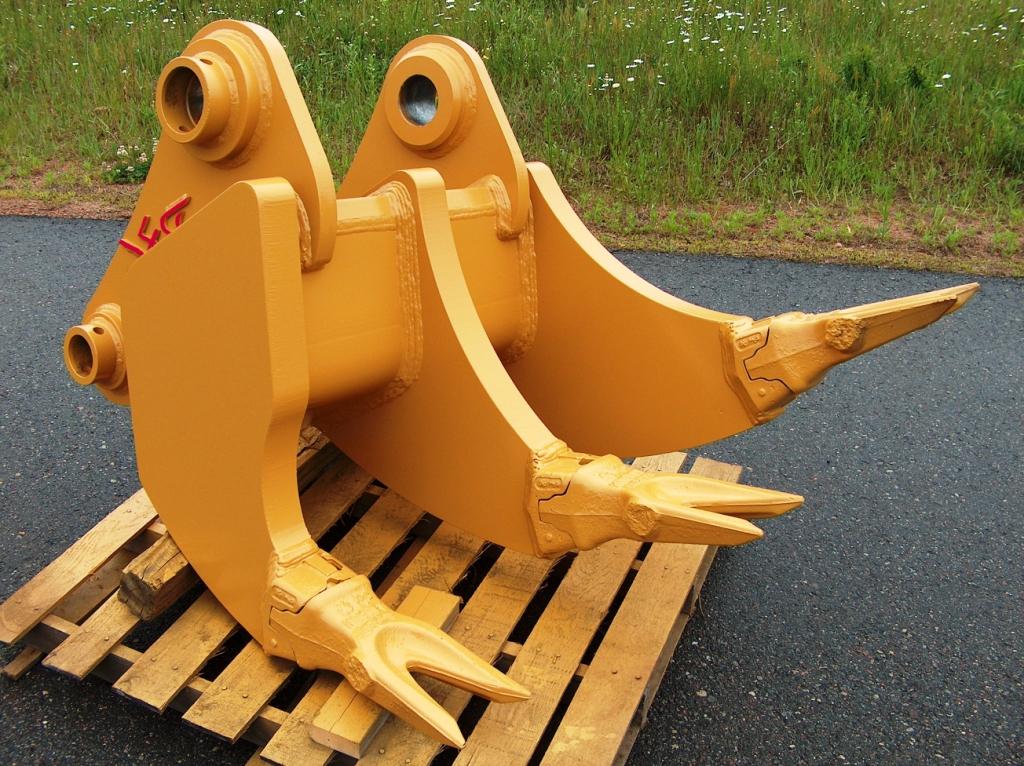
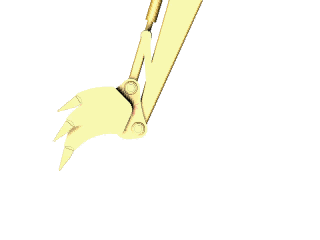
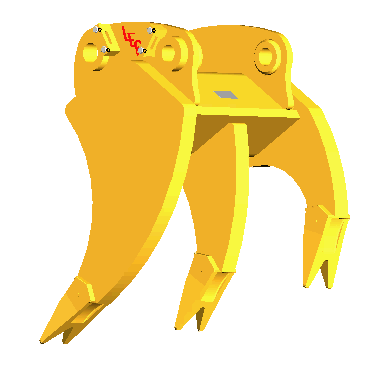
Made with Hardox 400 or 450

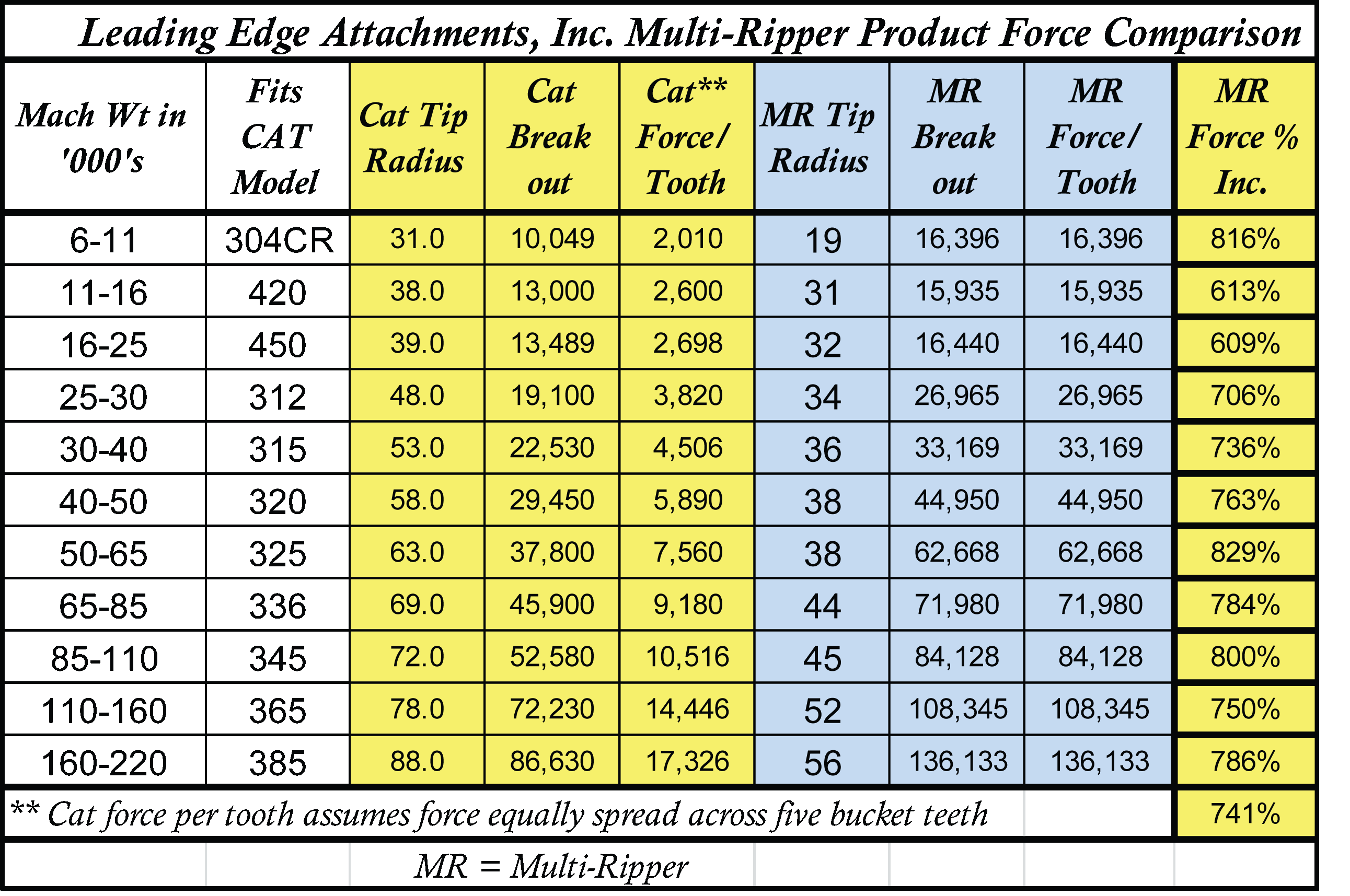
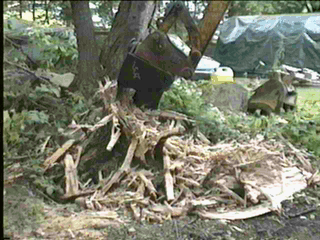
Please look closely at the next three Cat 375 Multi-Ripper pictures
and notice the superb manufacturing quality:
Below is an example of a Hitachi EX1200 Multi-Ripper
Designed to handle the more severe frost and rock removal jobs, the Leading Edge Attachments, Inc.’s patented Multi-Ripper® is an engineering breakthrough! The Multi-Ripper can be used for a wide range of tough material applications such as excavating frozen ground, coral, sandstone, limestone, shale, decomposed granite and caliche. This unique patented design has demonstrated that it can dig 10 times faster than using a single pointed ripper tooth, and 4 times faster than a hydraulic hammer! Under severe digging conditions, the performance also exceeds other designs of frost, rock or DigNRip™ Buckets. This design is also a mining industry breakthrough for the purpose of wall and roof rock scaling! All Multi-Ripper Products are manufactured with superior Swedish HARDOX 450 steel plate. The Multi-Ripper is the absolute best and most productive ripper available on the market (with the exception of our Hi-Production Multi-Ripper)! The Multi-Ripper is available to fit any excavator or backhoe above 6,000 pounds.
The Multi-Ripper utilizes the patent pending SHARCTM Technology which results in the unit functioning similarly to that of a trencher except it uses the hydraulic excavator rolling action to rip. The staggered ripper teeth fracture the substrate in sequential order. No two ripper teeth align with each other, so that the maximum breakout force is applied sequentially to each tooth. The distance from the excavator stick pivot to the tooth tips is also considerably shorter than the standard bucket for the machine. The shorter distance actually multiplies the tooth tip force. The castle top shape grooves cut by the front ripper teeth facilitates the fracturing process of the next swipe. The rolling of the Multi-Ripper, by extending the bucket cylinder, always provides the full multiplied breakout force individually on each tooth so that the substrate is ripped out by each individual tooth lifting action. The result is a relatively flat trench bottom due to the fact that the ripper tooth tips all lie on a constant radius with a center of rotation that is close to the tractor loader backhoe or hydraulic excavator “dipper stick” bucket pivot. The multiple teeth also push the loosened material out of the way to expose un-ripped material. The Multi-Ripper will function, and greatly exceed, any application, or material, that a single pointed ripper tooth can be used for.
With the stick in the near vertical position, use a combination of bucket and crowd cylinder functions while providing boom cylinder down pressure. The bucket cylinder action provides the greatest force while the stick sweeps. Since no two teeth are in alignment, when the Multi-Ripper is rolled, each tooth engages separately so that each tooth fractures the groove cut by the preceding tooth. Roll the Multi-Ripper completely as the stick is being moved so that all teeth have engaged the material. The Multi-Ripper is to be rolled as the stick is moved, thus causing a very powerful, fast and effective ripping motion that is easy on the machine and operator. The ripping action is so powerful that it is very important that the operator take safety precautions against projected objects, especially with brittle materials such as frost and certain rock. For this type of material, hard hats, safety glasses and an excavator steel mesh windshield guard are all necessary requirements.
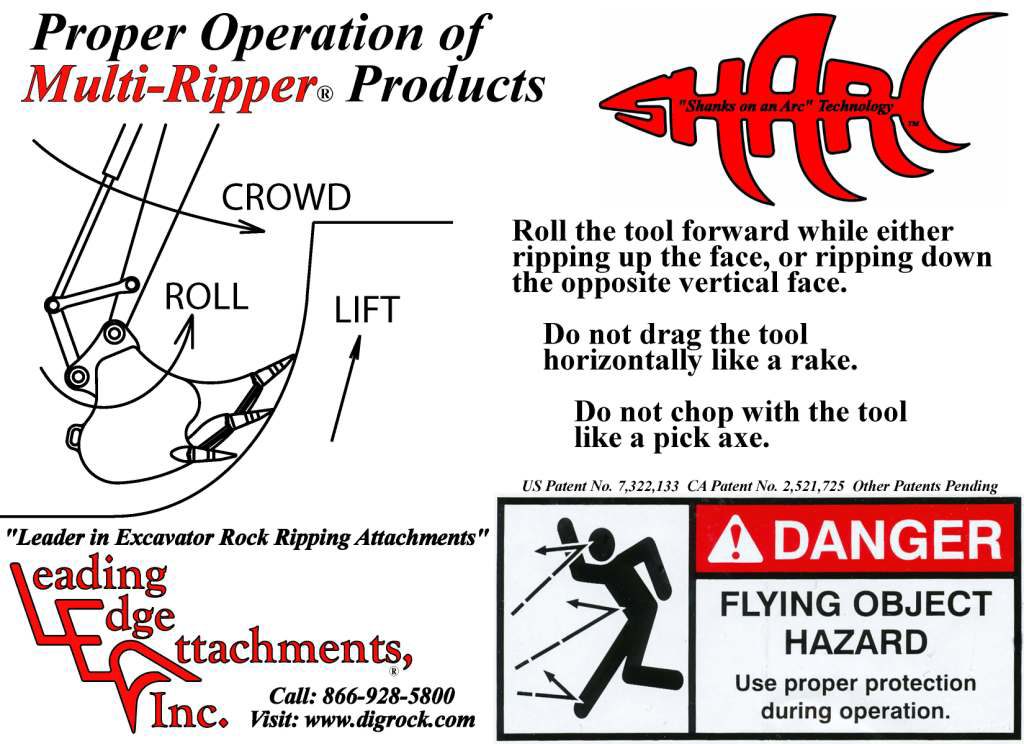
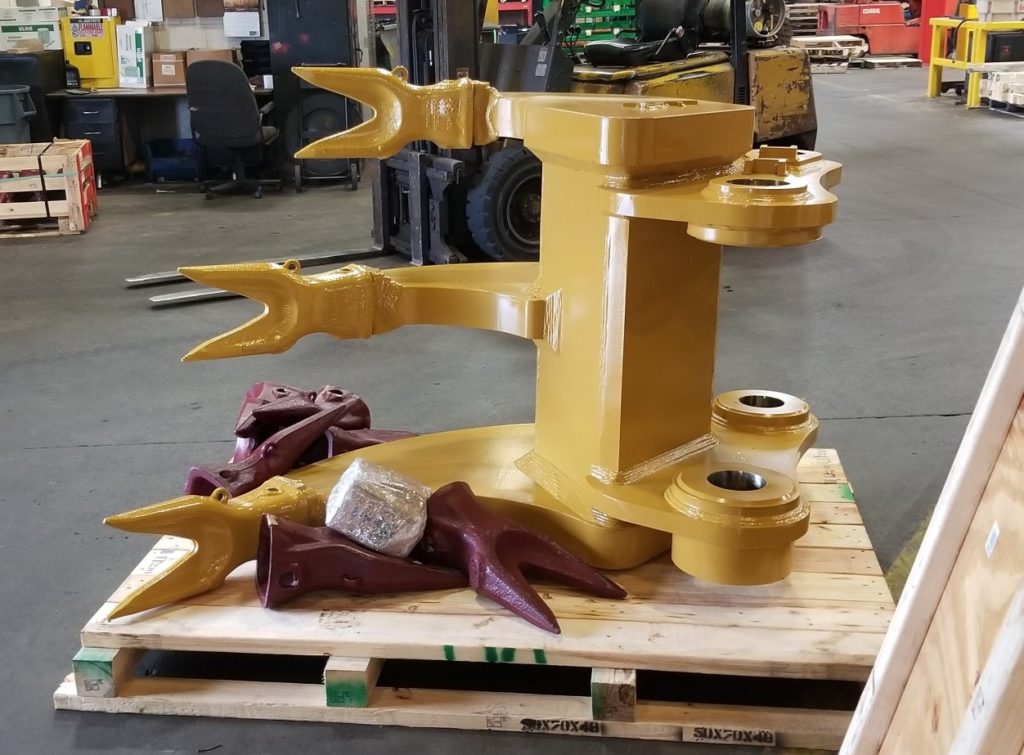
Because the hydraulic hammer has one speed (tink-tink-tink), the amount of material breaking is at one rate. With the Multi-Ripper, after one tooth breaks out some material, the second tooth is there ready to strike, and then the third. With the combination of the rolling of the bucket cylinder and the raking of the stick cylinder, the operation becomes very fast. Many operators have testified that for use in fragmented rock like caliche, limestone, shale, decomposed granite and similar materials, that the Multi-Ripper outperforms the hydraulic hammer 4 to 1!
With a hydraulic hammer, as the material is broken out it sits there on top of the work area. As the loosened material accumulates, a machine with a bucket has to come in to clean up. With the Multi-Ripper, the shanks flip the loosened material out of the way until the whole trench ripping operation is complete. The area can then be rapidly cleaned up afterward with a conventional bucket, so you only have to switch attachments once!
A hydraulic hammer requires maintenance. There are multiple hydraulic components, there are hydraulic fittings and hoses, and the tools, or “moil” has to be replaced, there is “down time” with a hydraulic hammer. With the Multi-Ripper there are no moving parts and the teeth are the only wear items. These teeth are usually set up so that they are the same tooth connection as what exists on the excavator bucket itself, so they are readily available.
A hammer for an 80,000 pound size class excavator could run between $75,000 and $120,000. The Multi-Ripper price for that machine is only $11,490. The operator can set their machine up with a hydraulic kit for a hydraulic hammer. When those infrequent situations occur when the material is a solid mass that is not fragmented, the operator can rent a hydraulic hammer for that solid portion only. Since the Multi-Ripper will handle the majority of the ledge and fractured rock applications, the hydraulic hammer will be rarely required.
If one compares the price of the hammer, the maintenance, the down time and the functionality into account, it is easy to see that the Multi-Ripper will net the contractor more income. Even though the operator can charge an additional amount for the use of the hydraulic hammer over the use of a bucket, the operator can still charge more for the use of a Multi-Ripper than for the use of the bucket. Since the Multi-Ripper contractor can work faster than the hydraulic hammer contractor, the Multi-Ripper contractor will be assured more jobs because it will ultimately cost less for the hiring builder.
I am text block. Click edit button to change this text. Lorem ipsum dolor sit amet, consectetur adipiscing elit. Ut elit tellus, luctus nec ullamcorper mattis, pulvinar dapibus leo.
Since the DigNRip Bucket has to have its pin-to-point (tip radius) be similar to a bucket (because it is a bucket) this distance is fairly long. The Multi-Ripper can be much shorter in length which increases the forces on the tips of the teeth. The Multi-Ripper has a force multiplying effect compared to a bucket.
While the DigNRip Bucket has several teeth along the front leading edge that will engage at the same time, the Multi-Ripper never has more than one tooth engaging at one time. This allows the full bucket cylinder force to be exerted on the single tooth. The teeth on the back of the DigNRip Bucket hit one at a time, however, that is only after the front lip has cleared the material.
With a DigNRip Bucket the operator cannot see through the bucket so they are working blind. With the Multi-Ripper, the operator can see through the shanks to see what they are doing. This works well when ripping around utilities.
Because of the multiple shanks, the operator can flip the broken out material out of the way to expose virgin rock. If you compare this to a single pointed ripper or a hammer, the operator would have to switch to a bucket to remove the loosened material. Even with the DigNRip Bucket, one can only rip so far and then they have to scoop the material out because of the limitation of the back of the bucket. With the Multi-Ripper, one can rip the whole trench all the way to the desired level by pushing the loosened material away. Then the operator can come back with a standard bucket afterward for quick cleanup.
An operator can purchase a Multi-Ripper and a severe duty bucket for less than what a DigNRip Bucket alone would cost.
With the Multi-Ripper, the ripping operation is fairly smooth. As one tooth breaks free, the next tooth is there to pick up the load. With a DigNRip Bucket, the front leading edge hangs up on the material because several teeth become engaged at the same time. Then, when the front leading edge breaks free, the machine lurches forward and drops, then the teeth on the back pick up. Several operators that have used both the Multi-Ripper and the DigNRip Bucket have mentioned this profound effect and smoothness of the Multi-Ripper.
Conventional single pointed rippers are as long as a bucket and have only one tooth! The Multi-Ripper is considerably shorter thus causing the force multiplication effect that can be up to twice the normal breakout force of the machine!
Not only are the forces smaller and there are less teeth to rip, but there is no way to flip the material out of the way to expose virgin material. The process of switching back and forth from the ripper to the bucket can be very time consuming. It is obvious that the Multi-Ripper is at least three times faster than a single pointed ripper because it has three teeth; however, it is actually 10 times faster because of the force multiplication, the multiple teeth, and its ability to move the material out of the way.
For more information on the Multi-Ripper, go to https://www.leattach.com/multiripper.htm

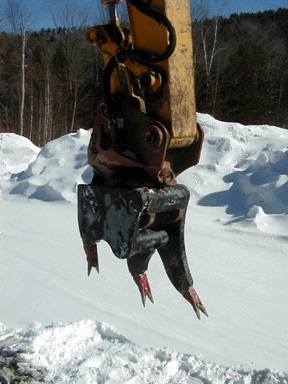
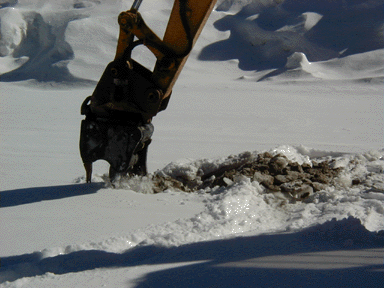
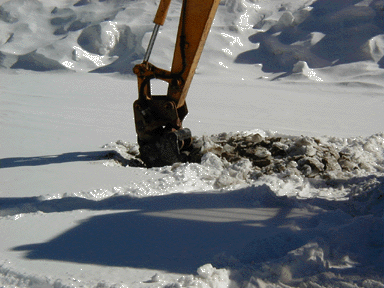
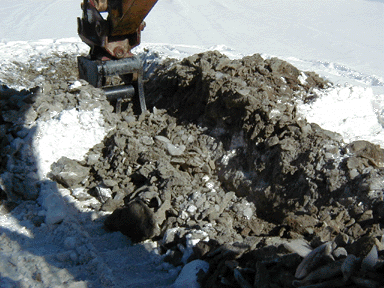
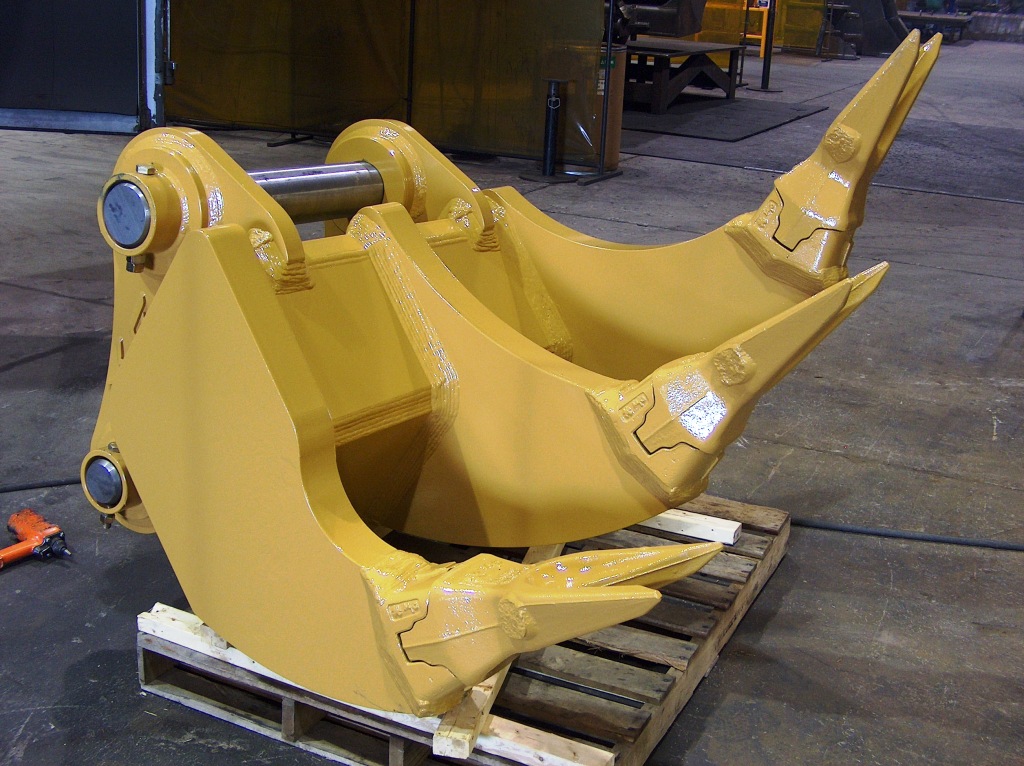
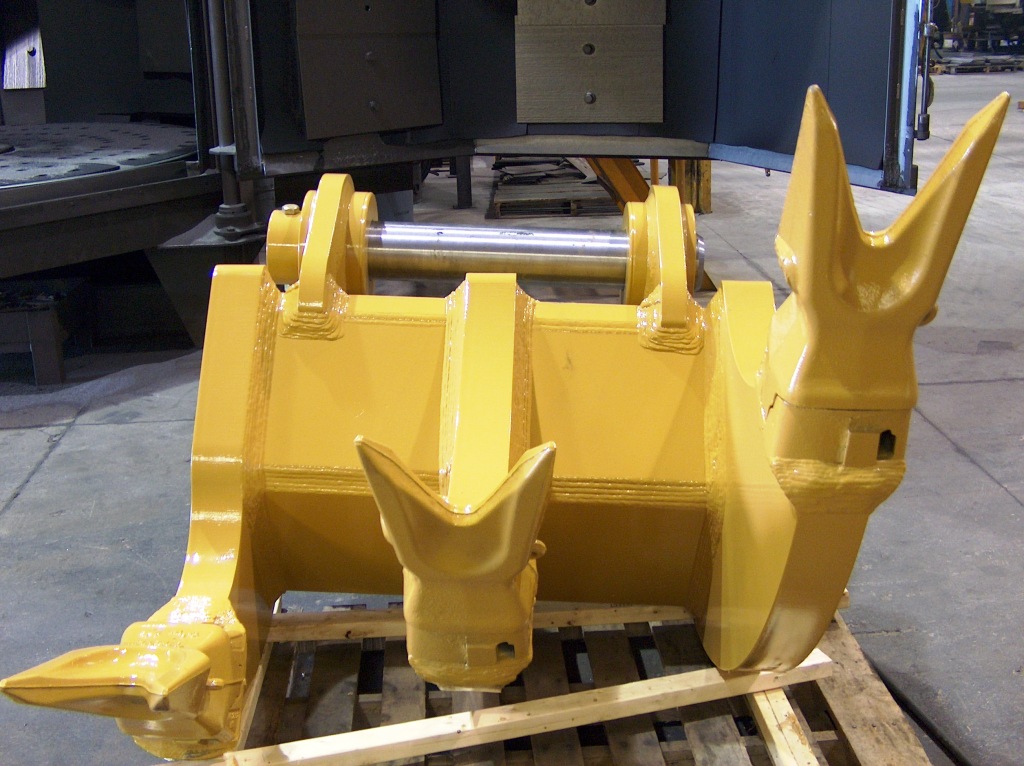
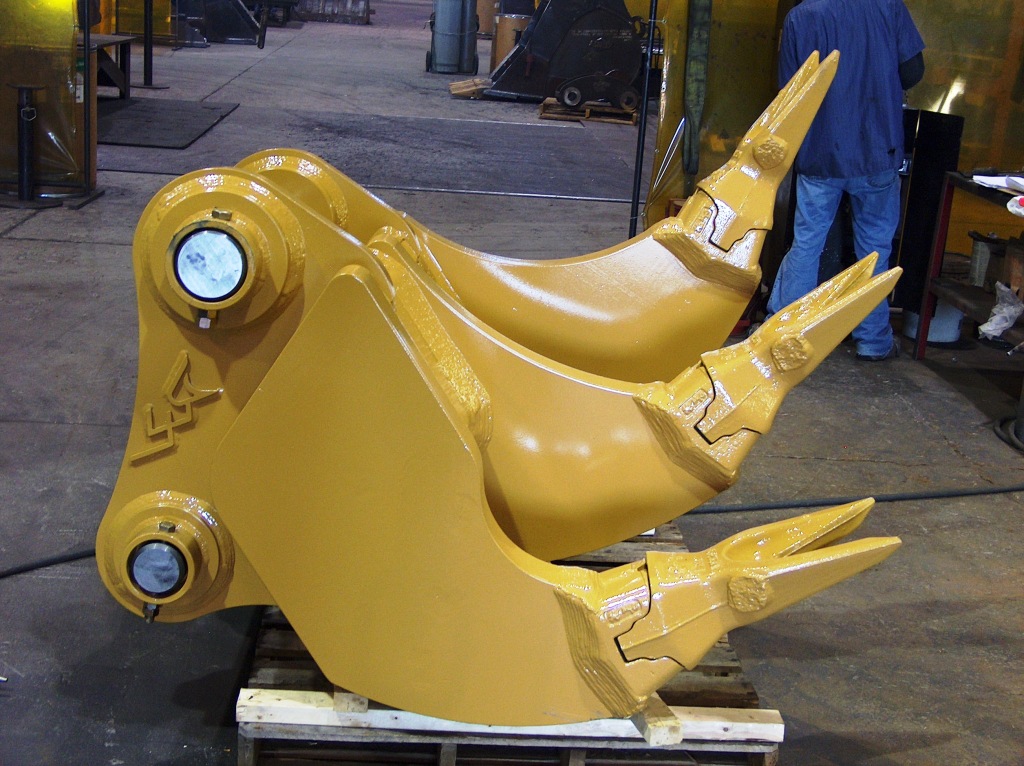
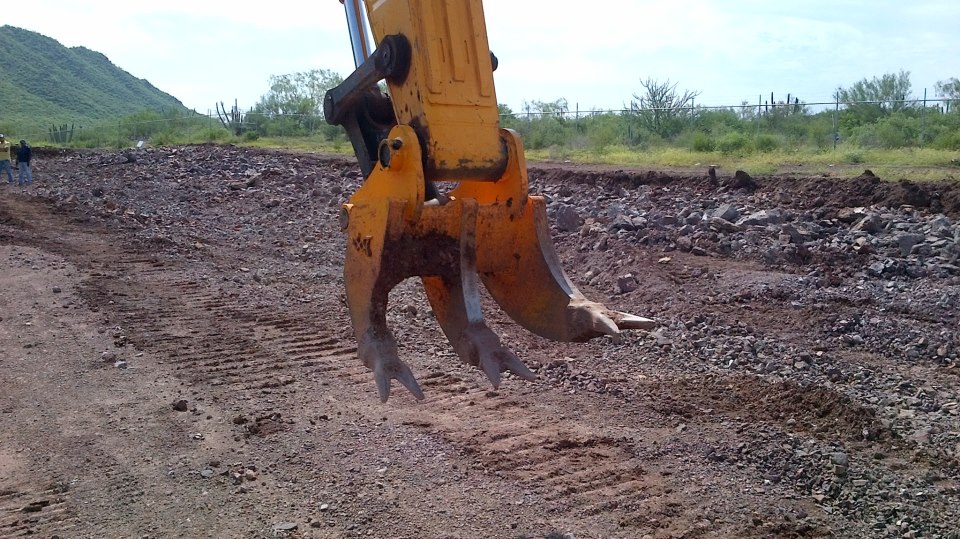
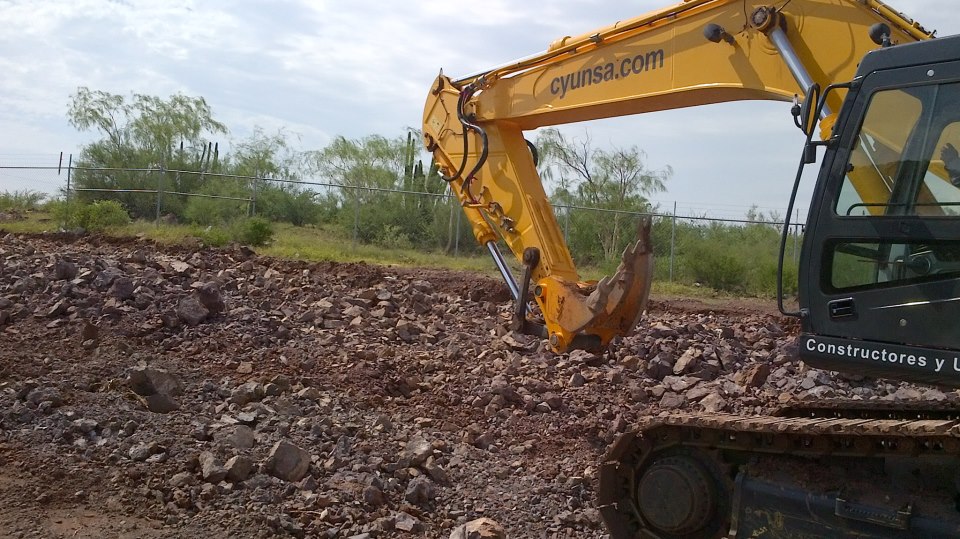
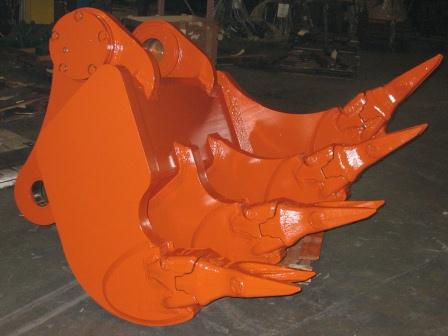
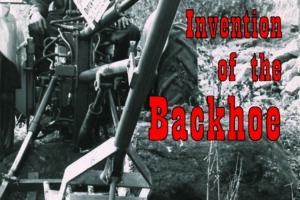
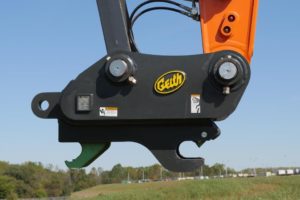
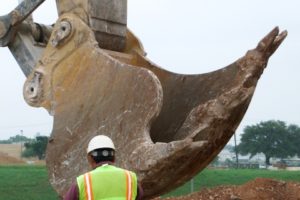
Leave a Reply
Your email is safe with us.